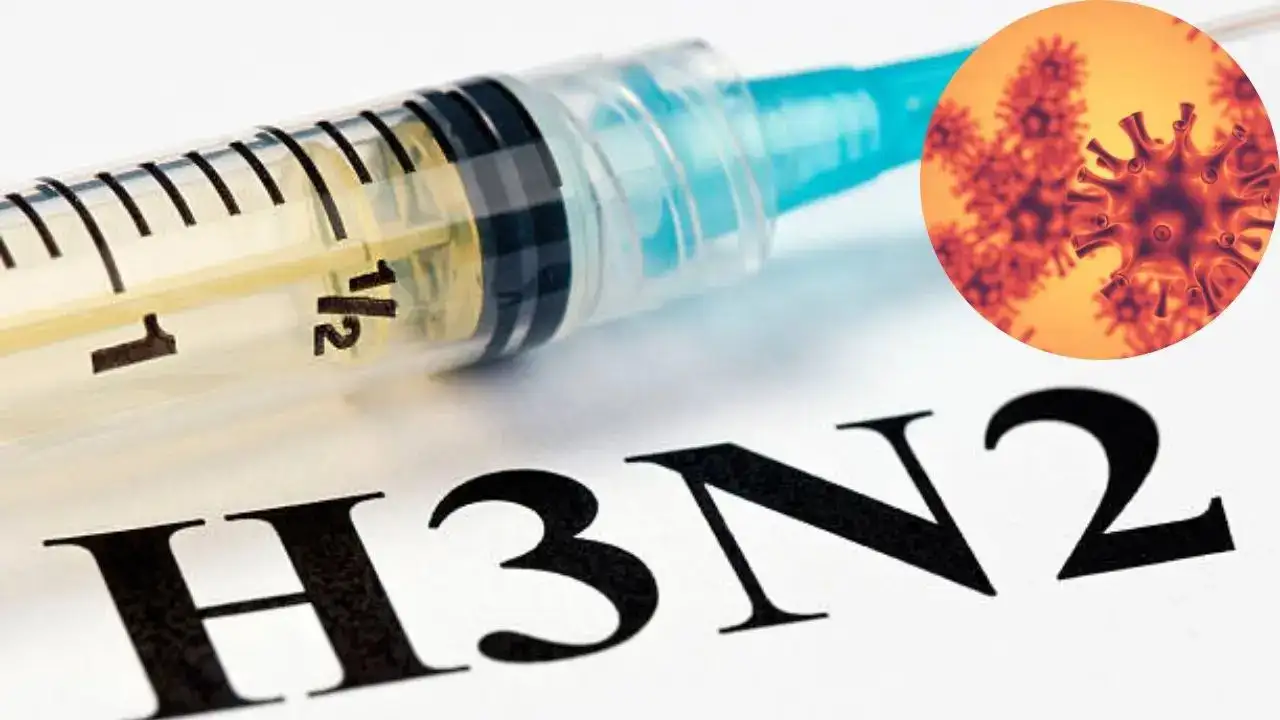
Terms of engagement were set Friday.
The House, on party lines, passed a funding patch known as a continuing resolution that would keep the government open until around Nov. 21. Republicans describe it as a “clean” bill because it keeps funding at current levels. It did make a few changes, one of them being money to provide more security to officials in the wake of the Charlie Kirk killing.
But in the Senate, the bill required 60 votes to move forward. That is seven more than Republicans have.
Democrats in the upper chamber proposed their own alternative, which would extend only to Oct. 31. It constituted a list of demands: requiring Republicans extend the expiring Affordable Care Act subsidies put in place during the pandemic; reversing cuts to Medicaid enacted under the massive legislation that Republicans passed this summer; undoing the administration’s freeze on funds, including foreign aid and grants to states that were already approved by Congress; and seeking assurances that Trump would not claw back other appropriated funds, as he has indicated he plans to do.
After both bills failed in the Senate, to no one’s surprise, Congress headed out of town for a recess. Senators are not expected to return until Sept. 29, just a day before the end of the fiscal year. The House is not scheduled to be back until two days later, when a shutdown would presumably be underway.
Democrats faced a similar situation and set of choices in March. Back then, Senate minority leader Charles E. Schumer, a New York Democrat, infuriated many in his party by corralling enough votes on his side to keep the government open without getting any policy concessions from the Republicans in return. His calculation was that a shutdown would be more damaging. Indeed, that has often been the case in the past when one party gets blamed.
But much has changed since those early days of the Trump administration — chiefly, a realization of how far the president intends to carry his agenda, and how little regard he has for the constitutional prerogatives of Congress.
“I’m not going to write a blank check for a lawless president. That is my starting point here,” Senator Chris Van Hollen of Maryland said in an interview, expressing the sentiments of many of his Democratic colleagues.
While Schumer has complained that Senate majority leader John Thune, a South Dakota Republican, has not engaged in negotiations with Democrats, Van Hollen points out that any real concessions would have to come from the other end of Pennsylvania Avenue.
“This is all about Donald Trump. The question is whether Donald Trump will be willing to have a negotiation,” Van Hollen contended. “He is calling all the shots for the Republicans in Congress. They have surrendered their constitutional duties to him. They have become rubber stamps.”
On Saturday, Schumer and House minority leader Hakeem Jeffries, also of New York, released a letter to Trump demanding that he meet with them ahead of the funding deadline to avert a shutdown.
Trump has yet to hold a single policy discussion with the leaders of the opposition party since he began his second term. That underscores the go-it-alone path the president has forged with Republicans in Congress.
Democrats around the country have been demanding such a show of resistance from their leaders in Washington.
“I’m on Team Fight,” Illinois Governor JB Pritzker said in an interview recently at the Cap Times Idea Fest in Madison, Wis. “You don’t think Republicans would use every ounce of leverage they would have in this circumstance?”
But he also cautioned that Democrats in Washington must be “very specific about what it is they want.”
“Democrats are not going to be able to say, ‘Can you reverse everything you’ve done in the last eight months?’” Pritzker said.
He argued Democrats must keep their focus on health care cuts.
Health care is one of the issues important to voters on which they still trust Democrats more than Republicans, as the center-left group Third Way pointed out in a Sept. 10 strategy memo.
What should get more emphasis, the group argued, is the sharp hike in health care premiums that will come with the end of Affordable Care Act subsidies. Its analysis shows they will fall hardest on working- and middle-class Americans in Republican-leaning states.
“In red states, 8.5% of residents have benefitted from an ACA tax credit this year, compared to just 3.2% of residents in blue states won by Harris,” Third Way wrote in a memo published Friday.
An imperative for Democrats now is to impress on Americans’ very specific consequences of Trump’s policies, said Senator Chris Coons of Delaware. In effect, he added, a shutdown of government and what it provides its citizens has already been underway through the implementation of Trump’s policies.
In his state, for example, both the most urban and most rural hospitals are heavily dependent on money from Medicaid and face a real danger of shutting down if that funding is slashed. And tens of thousands of his constituents would see sharp rises in their health care costs if premium subsidies are allowed to expire.
“Part of our challenge is lots of people haven’t felt that yet, but they will next month,” Coons said.
There will be blame flying back and forth if the government closes, as is now expected. Americans will see an interruption of the nonessential services that so many of them rely upon.
Past experiences — and there have been many — show their tolerance will be stretched, especially if this one goes on for a long time. The challenge for Democrats now is convincing the country that the cost of not using their party’s leverage would have been greater.



